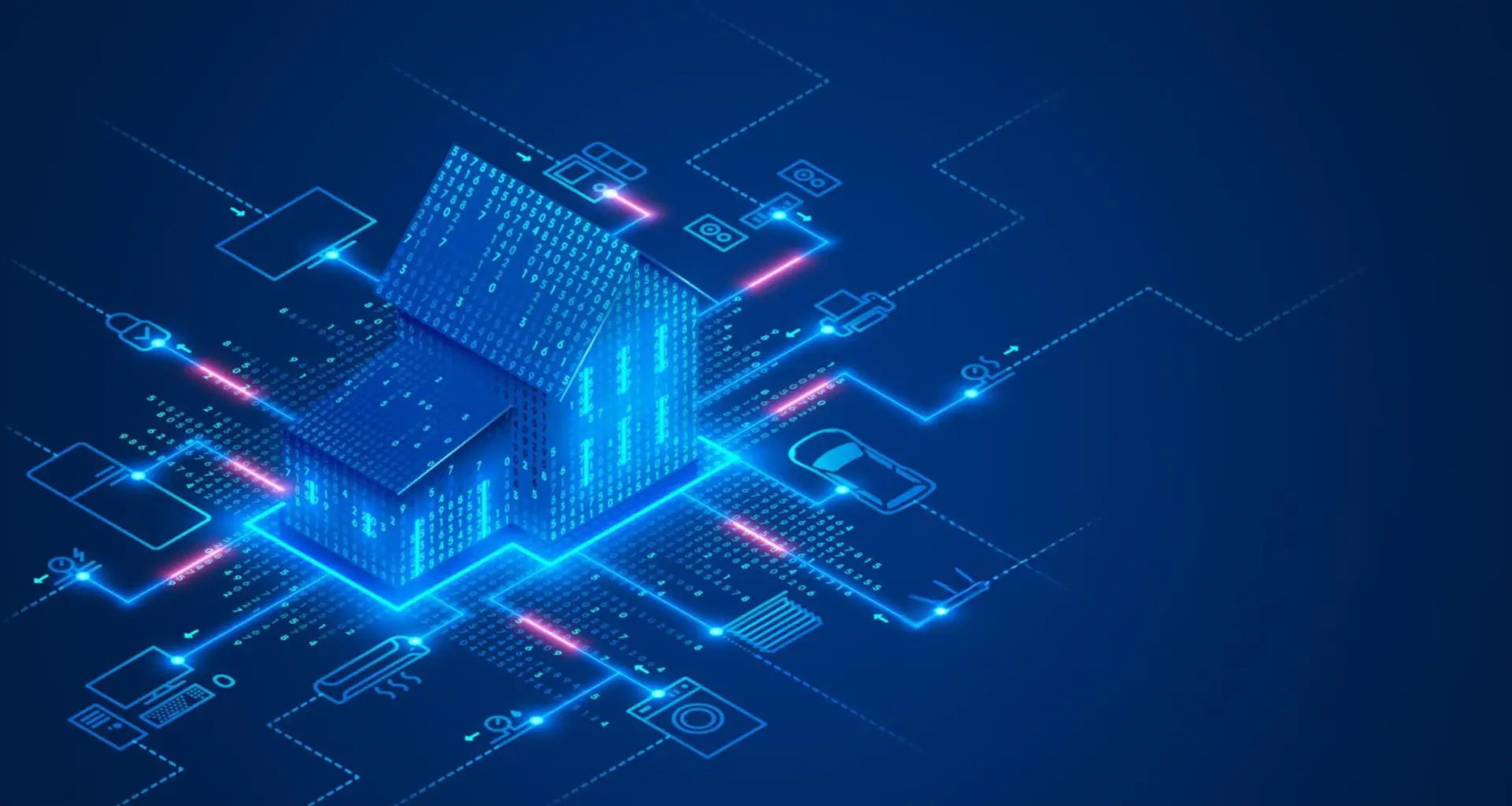Imagine waking up in the morning, and before you even step out of bed, your blinds open automatically, your coffee starts brewing, and the thermostat adjusts to your ideal temperature. This isn’t science fiction—it’s the power of a smart home.
Smart home technology is transforming the way we interact with our living spaces, making homes more convenient, energy-efficient, secure, and customizable than ever before. Whether you’re just getting started or looking to upgrade your home with automation, understanding the core benefits can help you make informed decisions. This guide will walk you through what a smart home is, how it works, and why it’s a game-changer for modern living.
What is a Smart Home?
A smart home is a residence that uses internet-connected devices to automate and control household functions like lighting, security, heating, and entertainment. These devices can be controlled remotely via smartphone apps, voice commands, or automated schedules.
How Does a Smart Home Work?
Smart home systems rely on the Internet of Things (IoT), where devices communicate with eachother over a local network. They can be controlled through:
- Smartphone apps that allow you to adjust settings remotely.
- Voice assistants such as Amazon Alexa, Google Assistant, and Apple Siri.
- Automation routines that trigger devices based on schedules or sensor detection.
Why Should You Consider a Smart Home?
Beyond the cool factor, smart homes offer numerous real-world benefits:
1. Convenience: Effortless Control At Your Fingertips
One of the biggest reasons homeowners invest in smart home technology is convenience. Imagine walking into your home after a long day, and instead of fumbling for a light switch, your smart lighting automatically turns on based on motion or preset schedules. Your thermostat has already adjusted to the perfect temperature, and your favorite playlist begins playing in the background—all without lifting a finger.
With smart home automation, you can control your lights, thermostat, security system, appliances, and even your coffee maker from a single app or voice command. Whether you use Amazon Alexa, Google Assistant, or Apple HomeKit, these smart assistants allow you to manage multiple devices effortlessly. You can also automate daily routines—like having your bedroom lights gradually brighten in the morning to wake you up naturally, or setting your smart door locks to engage every night at a certain time.
Smart homes eliminate small but repetitive tasks, giving you more time to focus on what truly matters. Instead of running around the house turning off lights or adjusting the thermostat, you can rely on automation to handle these tasks for you. This level of control not only makes daily life easier but also enhances the overall home experience, making everything more intuitive and streamlined.
2. Energy Efficiency: Smart Homes, Lower Bills
Beyond convenience, home automation plays a significant role in reducing energy consumption and lowering utility bills. Traditional homes often waste energy through unnecessary heating, cooling, and lighting usage. Smart technology eliminates this waste by using sensors, scheduling, and AI-driven optimizations to make your home more efficient.
For example, smart thermostats like the Google Nest or Ecobee learn your temperature preferences and automatically adjust heating and cooling to maximize efficiency. They can detect when you’re home or away and make real-time adjustments, ensuring you’re not wasting energy on an empty house. Similarly, smart lights can be set to turn off when no one is in the room, or dim automatically in the evening to save power.
Smart plugs and energy monitors allow you to track real-time energy usage, identifying which appliances or devices consume the most power. By integrating automation, you can schedule high-energy devices to run during off-peak hours when electricity rates are lower.
Ultimately, investing in smart home energy solutions not only benefits your wallet but also reduces your carbon footprint, making your home more sustainable without sacrificing comfort.
3. Improved Security: Peace Of Mind, Anywhere, Anytime
A smart home isn’t just about convenience—it also enhances security by giving you greater control over who enters your home and when. With smart security systems, you can monitor your home in real-time from anywhere in the world, ensuring that your property and loved ones are always protected.
Smart door locks allow you to lock and unlock your doors remotely, grant access to guests without needing a physical key, and receive alerts whenever someone enters. This is especially useful if you’re expecting a delivery, a housecleaner, or a family member who forgot their key. Some models even support fingerprint scanning or facial recognition for added security.
Smart security cameras and video doorbells provide live video feeds, motion detection, and night vision, so you can always see what’s happening around your home. Many models, like Ring Video Doorbells and Arlo Security Cameras, offer two-way communication, allowing you to speak to visitors even when you’re not home.
Smart alarms and motion sensors can detect unusual activity and send real-time alerts to your phone. Some systems integrate with local emergency services, automatically notifying authorities in case of a break-in or fire.
Additionally, a key advantage of smart home security is that many systems operate on a local network, keeping critical data private and reducing risks of cyber threats. A local network is a private, closed system, that allows smart home devices to communicate directly within your home without relying on the internet or external drives.
With these technologies in place, your smart home acts as a 24/7 security system, giving you peace of mind whether you’re at home or traveling. You no longer have to worry about leaving doors unlocked or missing an important package—your smart home keeps everything secure and under control.
For more security solutions, check out TechNest Homes Smart Security
4. Customization: A Home That Adapts To You
The beauty of smart home automation is that it’s not a one-size-fits-all solution—it’s fully customizable to match your lifestyle. Whether you want a home that automatically adjusts to your daily schedule or prefer hands-on control through a mobile app, you can tailor your smart home experience to fit your needs.
With smart lighting, you can create custom scenes for different moods—like a “Movie Night” setting that dims the lights and lowers the blinds with one tap. If you prefer waking up naturally, you can program your lights to gradually brighten in the morning instead of using an alarm clock.
For audio lovers, smart speakers can be synced throughout the house, playing music in different rooms or pausing when you leave. Multi-room audio systems like Sonos allow you to control sound from a central hub, so you can start a podcast in the kitchen and seamlessly continue listening in the bedroom.
If you love hosting, smart automation can take your home entertainment to the next level. You can have your smart home system adjust lighting, temperature, and even background music with a single command, creating the perfect ambiance for guests.
Customization also extends to safety and accessibility. For elderly or disabled individuals, smart home features like voice-controlled lights, automated doors, and emergency alerts provide a higher level of independence and comfort.
By tailoring your smart home system to your preferences, you’re not just making life easier—you’re creating a home environment that works exactly the way you want it to.
Essential Smart Home Devices
- Smart Speakers – Amazon Echo, Google Nest, Sonos
- Smart Lighting – Philips Hue, LIFX
- Smart Thermostats – Nest, Ecobee
- Smart Security – Ring, Arlo
Final Thoughts: Is A Smart Home Right For You?
A smart home is more than just a collection of gadgets—it’s an interconnected system that enhances convenience, security, energy efficiency, and personalization. Whether you start with a single smart device or go for a fully automated home, the benefits are undeniable.
If you’re looking for ways to simplify daily tasks, reduce energy costs, and improve home security, smart home automation is a worthwhile investment. With the right setup, you can create a living space that adapts to your needs, making your home more comfortable, intuitive, and future-ready.
Are you ready to upgrade your home with smart technology? TechNest can help you design and install the perfect smart home system—customized for your lifestyle and budget.
FAQs
1. Can I turn my existing home into a smart home?
Yes! Start small with devices like smart plugs and smart bulbs, then expand gradually.
2. Are smart homes secure?
Yes, especially when using a local network with zigbee, Z-wave, or Thread, keeping data private and reducing hacking risks. Cloud dependent devices can be vulnerable but adding encryption, strong passwords, two-factor authentication improves security.
3. Do smart devices work without Wi-Fi?
Yes, smart devices can work without Wi-Fi. A fully local network using Zigbee, Z-wave, or Thread allows your entire smart home to function without internet, ensuring security and reliability. However, Cloud Based devices still require Wi-Fi.
4. Do smart homes save money?
Yes, smart homes can reduce energy costs through smart thermostats, lighting, and appliances that optimize energy use. Automated systems prevent waste, lowering utility bills overtime.
5. What’s the best smart home ecosystem?
The best ecosystem depends on your needs. Tuya is a highly versatile ecosystem thats affordable, Apple homekit offers strong privacy, Google home is AI-driven, andHome assistant is best for full local control without relying on the cloud.

